7 Best Tips for Choosing the Right Milling Machine Machine for Your Business
In the ever-evolving landscape of manufacturing, selecting the right milling machine is paramount for optimizing production efficiency and achieving precision in output. According to a report by Allied Market Research, the global milling machine market is expected to reach $5.7 billion by 2027, growing at a CAGR of 6.2% from 2020. This growth underscores the rising demand for advanced machining capabilities across various industries, from aerospace to automotive.
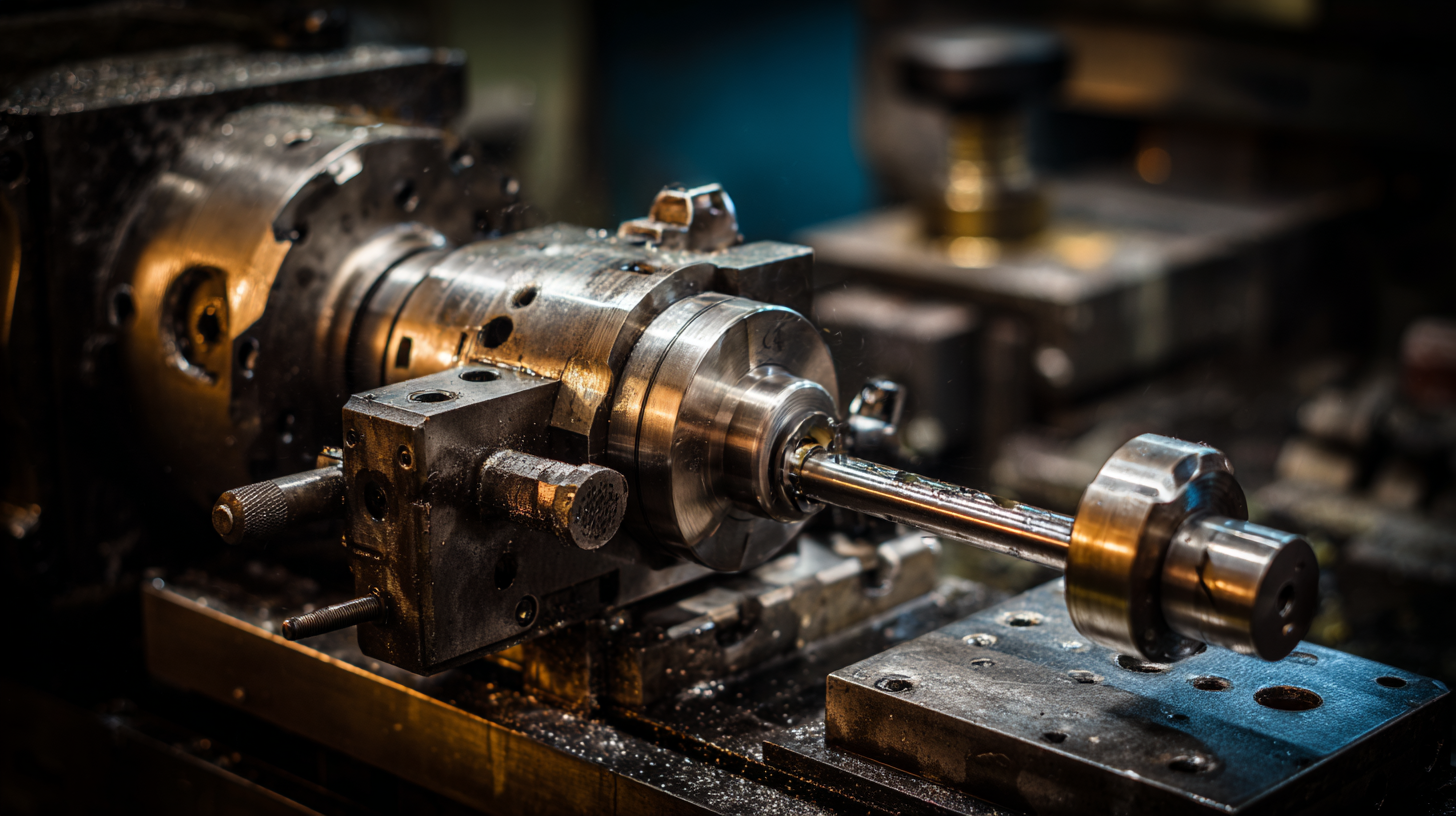
As businesses increasingly rely on automated solutions to enhance their manufacturing processes, understanding the intricacies of milling machines becomes essential. Whether it's for small-scale operations or large production lines, choosing the appropriate milling machine can significantly impact operational costs and product quality, making it critical for business owners to stay informed about the latest technologies and best practices in this domain.
Understanding Your Milling Needs: Key Considerations for Selection
When selecting a milling machine for your business, it's crucial to first understand your specific milling needs. Identify the type of materials you will be working with, as different machines are designed to handle various substances. For instance, if your projects primarily involve metals, you'll require a more robust and powerful machine, while softer materials may allow for a more lightweight milling device. Additionally, consider the size and complexity of the projects you typically undertake, as this will influence the type and size of the milling machine necessary for optimal performance.
Another key consideration is the machine's versatility. Depending on your business's growth trajectory, you may want a milling machine that can accommodate a range of tasks, such as drilling, shaping, or even CNC capabilities. Think about whether you will need a machine capable of handling large workpieces or one that supports intricate detailing for smaller projects. Ultimately, understanding your milling requirements upfront will streamline the selection process and ensure you invest in a machine that enhances productivity and meets your operational goals.
7 Best Tips for Choosing the Right Milling Machine for Your Business
| Factors | Considerations | Importance | Examples |
|---|---|---|---|
| Type of Material | Identify the materials you will be milling. | High | Aluminum, Steel, Plastics |
| Machine Size | Ensure machine size fits your workspace. | Medium | Compact Models, Standard Models |
| Budget | Determine your budget for machinery. | High | $5,000 - $50,000 |
| Power Requirements | Check power needs to avoid outages. | Medium | Single-phase, Three-phase |
| Precision and Tolerance | Assess accuracy needed for parts. | High | Tolerance < 0.01mm |
| Maintenance and Support | Consider ease of servicing and support. | Medium | Warranty and service contracts |
| Technology Features | Look for advanced features for efficiency. | Medium | CNC, Automated Feed |
Types of Milling Machines: Choosing the Right Style for Your Projects
When selecting the right milling machine for your projects, it's crucial to understand the various types available and how each can serve different purposes. Milling machines come in various styles, including vertical, horizontal, and universal models. Vertical mills are ideal for small tasks and intricate designs, while horizontal mills excel at handling larger workpieces with stability and precision. Additionally, CNC (Computer Numerical Control) milling machines allow for automated and highly detailed work, making them a great choice for complex designs in modern manufacturing.
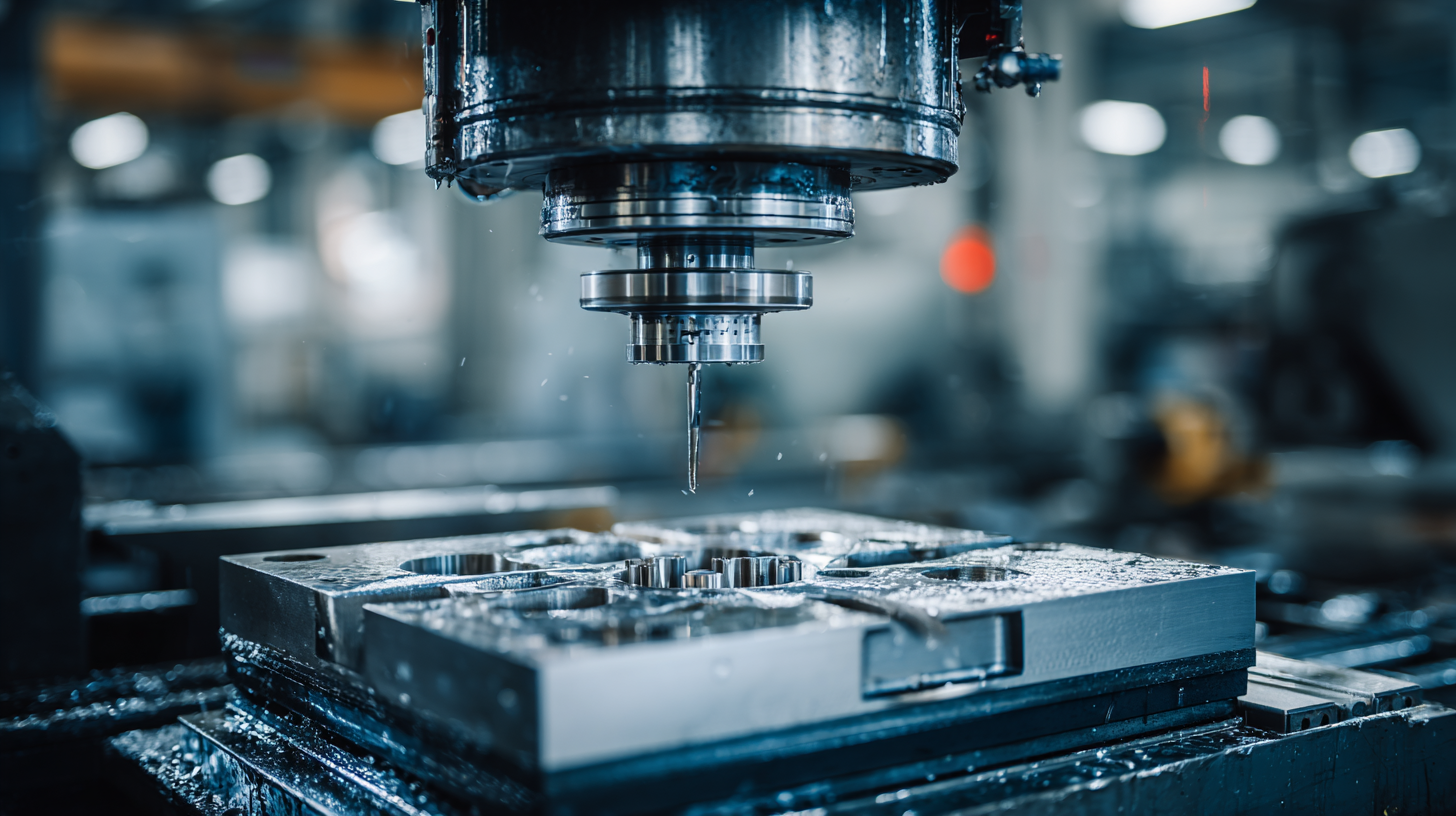
When considering the best milling machine for your business needs, evaluating your specific projects will guide your choice. If your projects require a high level of detail, a precise vertical milling machine may be your best bet. Conversely, for larger, more robust jobs, horizontal models or CNC machines provide the needed efficiency and durability. Keep in mind that the right milling machine not only enhances your project's quality but also boosts productivity and profit potential, making it a key investment in your workshop.
Evaluating Budget and Cost-Effectiveness in Milling Machine Purchases
When considering the purchase of a milling machine for your business, evaluating the budget and cost-effectiveness is crucial. First and foremost, it's important to define your budget clearly. You should include not only the initial cost of the machine but also any associated expenses such as maintenance, tooling, and operational costs. This comprehensive financial overview will help you make informed decisions tailored to your business needs.
Another essential tip is to analyze the return on investment (ROI) for the machines you're considering. Look for machines that can increase your productivity or efficiency, reducing long-term operational costs. High-quality milling machines often provide better precision and reliability, which can lead to less waste and higher profitability. Additionally, consider the potential for upgrades or additional features that may provide value in the future, ensuring that your initial investment can grow alongside your business.
Lastly, don’t overlook the importance of comparing different brands and models. It's wise to engage with other professionals in your industry to gather insights on their experiences and recommendations. Price differences can often reflect quality, but understanding the specifics of how each machine performs can ensure you make a choice that balances cost with performance effectively.
Assessing Machine Features and Specifications for Optimal Performance
When selecting a milling machine for your business, understanding the machine's features and specifications is crucial for achieving optimal performance. Begin by evaluating the machine's spindle speed and feed rate capabilities. High spindle speeds often lead to faster material removal, while appropriate feed rates ensure a smooth finish and accuracy. Matching these specifications to your specific workpiece requirements can significantly enhance productivity.
Next, consider the machine's versatility and tooling options. A milling machine that supports various tool types and sizes can be a great asset, allowing you to perform a wider range of tasks without the need for additional machinery. Additionally, features like automatic tool changers can further streamline operations and reduce downtime, making your milling process more efficient. By assessing these characteristics carefully, you can choose a milling machine that meets both your current and future business needs.
Maintenance and Support: Ensuring Longevity of Your Milling Machine
When investing in a milling machine for your business, maintenance and support play critical roles in ensuring the longevity and effectiveness of the equipment. Regular maintenance checks can prevent minor issues from escalating into major problems, which can ultimately save your business time and money. Establishing a routine maintenance schedule that includes cleaning, lubrication, and inspection of wear parts will keep your milling machine in top condition. Furthermore, ensure that your staff is well-trained in these maintenance protocols to reinforce the proper care of the machinery.
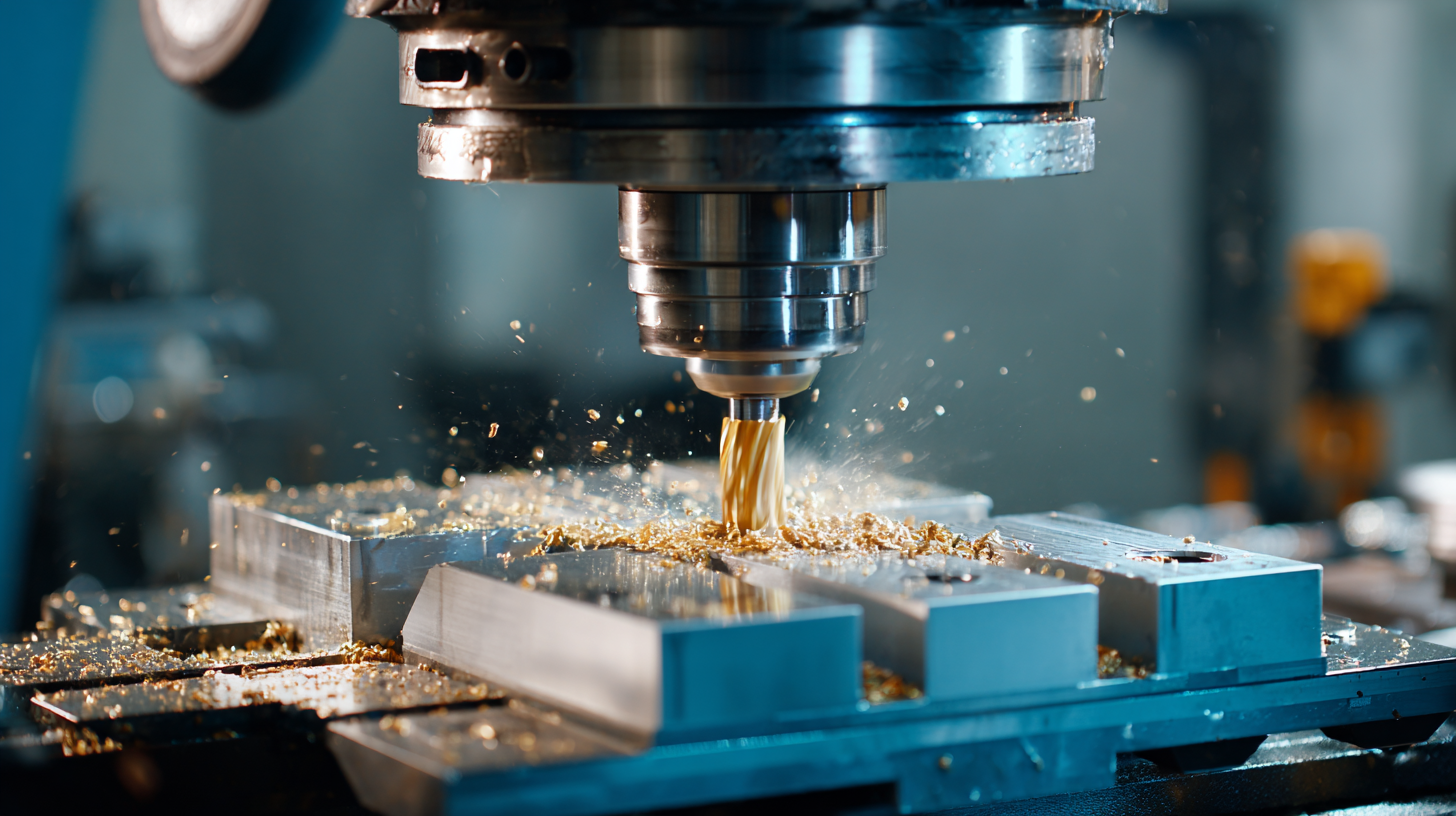
Another essential aspect of supporting your milling machine is understanding the manufacturer's support offerings. A reputable supplier should provide comprehensive backing, including access to spare parts, technical support, and even on-site repair services. Formulating a good relationship with the vendor can facilitate quicker response times during emergencies and enhance the overall lifespan of the machine. Additionally, consider investing in an extended warranty or service plan, which can significantly reduce unexpected repair costs and provide peace of mind as your milling machine continues to perform efficiently over the years.
Related Posts
-
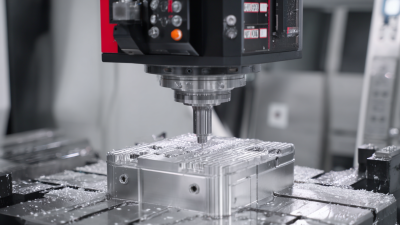
The Future of Advanced Milling Machine Technologies
-
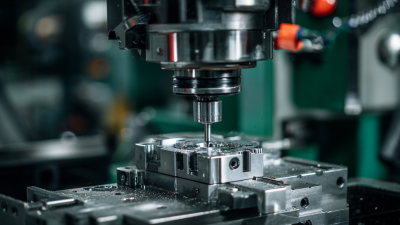
2025 Trends: Unlocking the Secrets of the Best Industrial Milling Machines for Maximum Efficiency
-
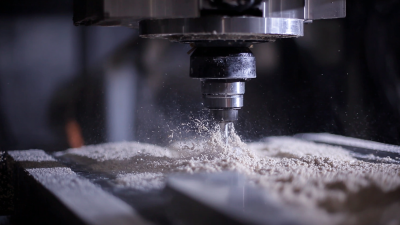
How to Choose the Best Industrial Milling Machine for Your Business Needs
-
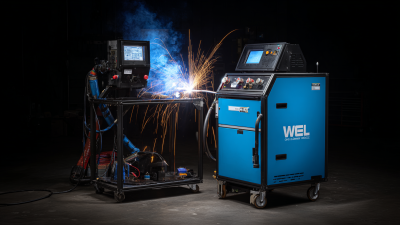
Elevate Your Operations with the Best Welding Machines Made in China for Global Markets
-

5 Reasons Why Best Parts Machine is the Ultimate Choice for Global Buyers
-
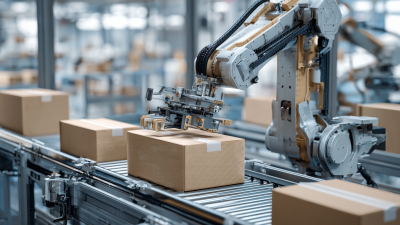
Unveiling the 2025 Tech Trends: How the Best Industrial Packing Machines are Redefining Efficiency
